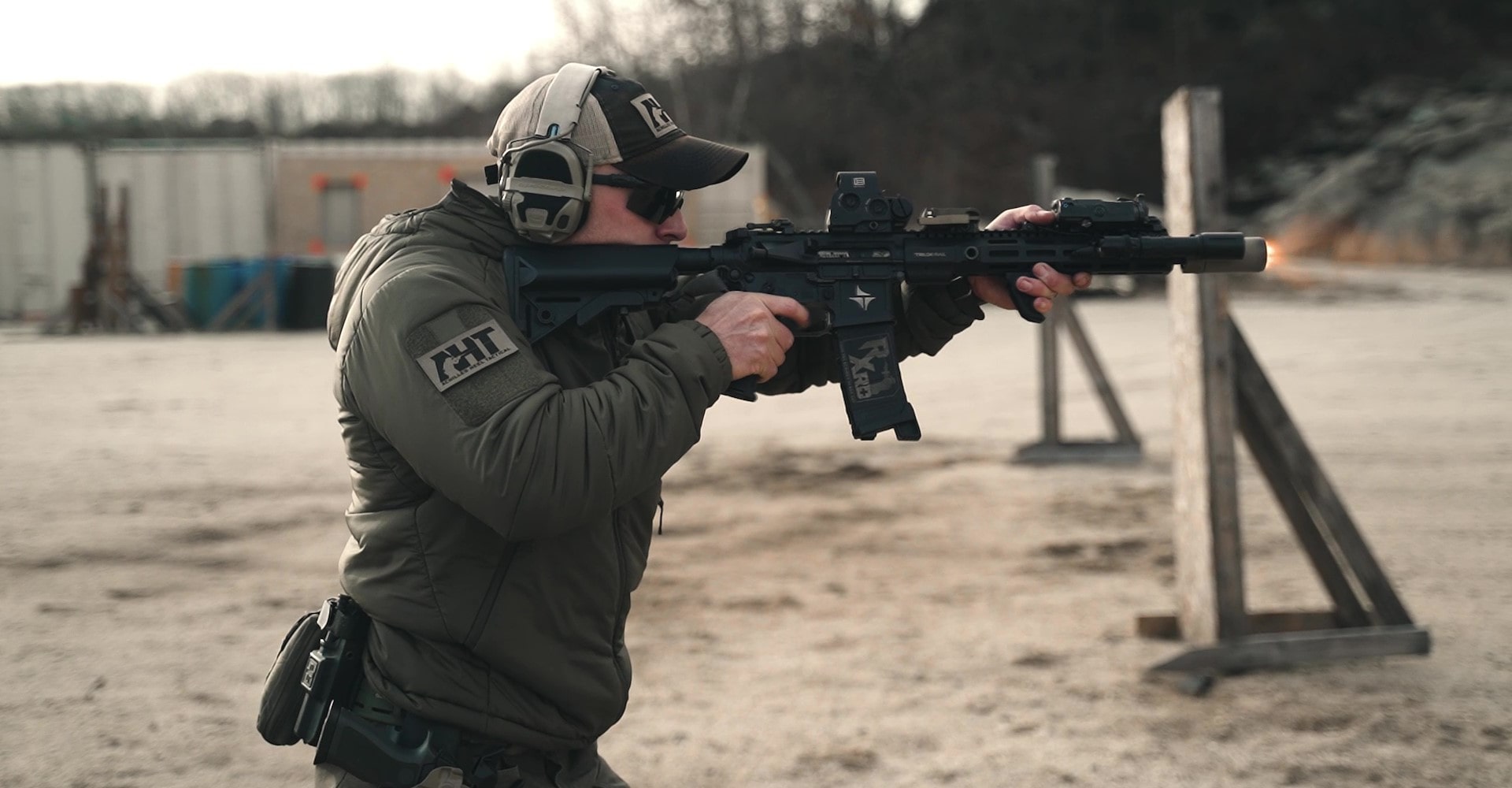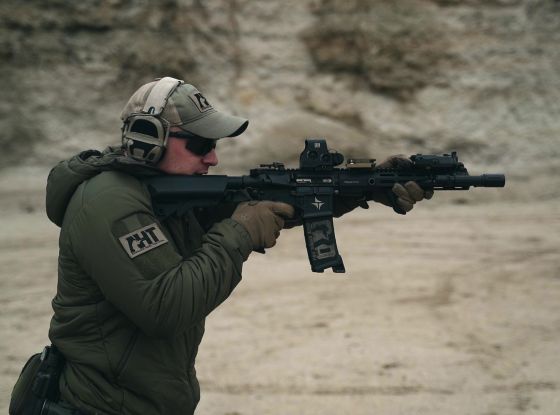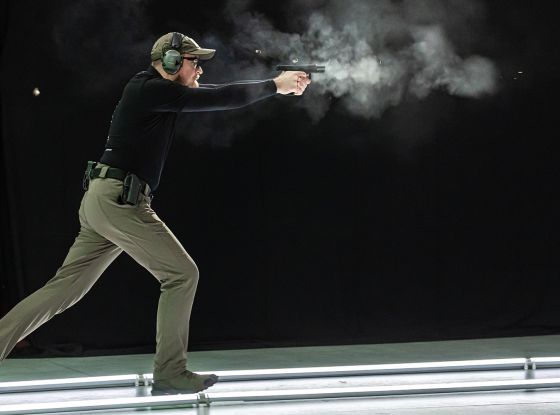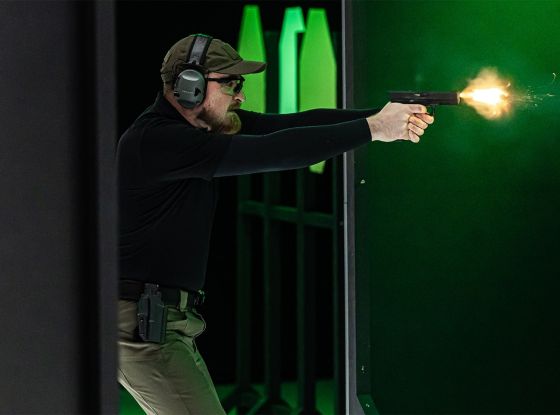Is shooting a sport? For many, the idea brings debate, but spend a day with a competitive sports shooter, and the parallels with athletics become clear. It’s not just a game of speed or hitting bullseyes. Competitive sports shooting is a mental chess match played in seconds where movement, mindset, and milliseconds define the outcome.
In this blog post:
For Matjaž Hozjan, shooting as a sport means blending precision with pressure. Last year’s IPSC (classic) and IDPA (compact carry pistol) national champion, he knows it’s about staying sharp when your heart is racing, making the right call when the clock’s ticking, and moving with purpose every step of the way. Every course, every drill, every shot demands more than just marksmanship—it demands adaptability, discipline, and total focus.
From Recreation to Competition
He started out with recreational shooting. But it wasn’t long before the fast-paced, dynamic challenges of IPSC and IDPA competitions pulled him in. What fascinated him wasn’t just the shooting itself but the way each course demanded realistic reactions and fast, effective decisions.
For Matjaž, the most important skill isn’t raw speed or tight groupings. It’s decision-making under pressure. “You can be fast and accurate,” he says, “but without the right decisions, mistakes happen and advantages are lost.”
This ability to combine skill, physical control, and judgment under pressure is exactly what defines shooting as a sport.
Dialing in the Foundation
Training doesn’t begin at the range. It starts early with a focused mindset and a deliberate morning routine. A short physical workout gets the blood flowing, followed by light arm warm-ups to prepare for recoil, transitions, and those small adjustments that separate smooth from sloppy.
But movement alone isn’t enough.
Every shot, every sight picture, and every step must be intentional. Training days are built around the weak links. Sequences that didn’t go as planned in past competitions, transitions that cost seconds, or stages that felt rushed. These moments get broken down, repeated, and rebuilt into precision.

Physical prep focuses on shoulder mobility, core strength, and arm stability—key to fast, controlled weapon presentation. Cross-training plays a big role, too. Gym work in the winter, cycling, SUP, or hiking in warmer seasons—whatever keeps the body agile and engaged.
Dry-fire work is a constant. Reload drills, target transitions, and presentation sequences get repeated without ammo to sharpen muscle memory and maintain control. Before the first live shot is taken, everything is already mapped out mentally: the flow, the targets, the footwork, the timing.
And yes, sometimes there is a need to improvise, but the focus stays on the planned goal.
SUBSCRIBE TO UNLOCK OUR EXCLUSIVE CONTENT
Enter your email and get timely updates and relevant intel on tactical topics directly to your inbox.
You are signing up to receive updates via e-mail from which you can opt out at any time. Visit our privacy policy for more info.
Core Skill Blocks on the Range
Each range session kicks off with dry warm-ups. A way to reset fundamentals before layering on complexity. Every shot, every sight picture, every step must be intentional, and that mindset carries into every drill that follows.
The structure always builds: starting with speed and accuracy fundamentals, then gradually increasing the number of targets and shooting positions. It’s a balance between physical conditioning and sharp mental focus, especially when drills shift to shooting on the move or under pressure. For more on why mastering the basics matters, see The Fundamentals of Competitive Shooting.
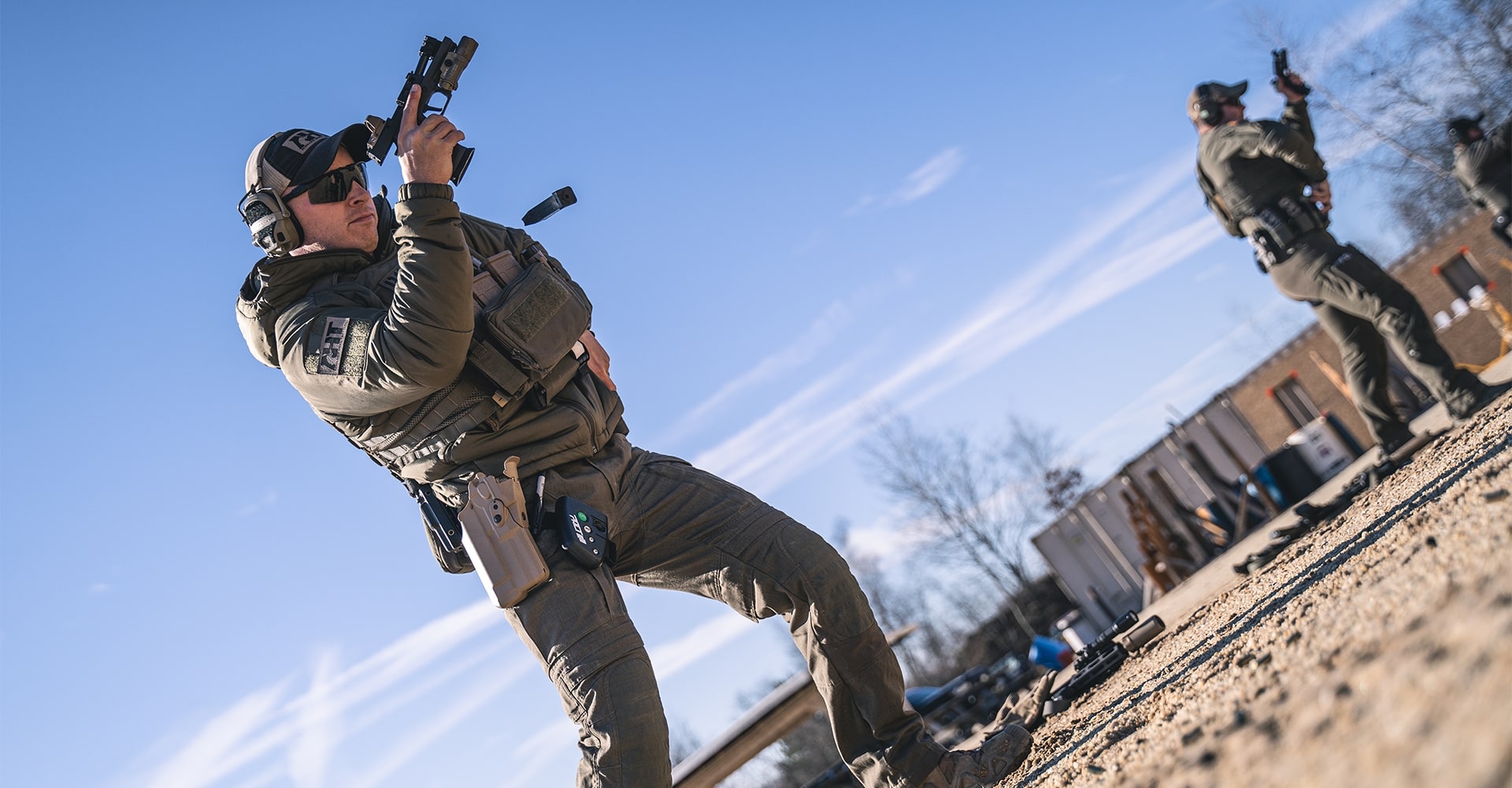
Today’s work is all about transitions. Fast weapon handling, engaging targets while moving, and tightening the time between shots without losing control. Start slower and more precise until the movement is smooth. Then gradually increase speed without sacrificing accuracy.
Drills like the Bill Drill or rhythm shooting across varied distances are staples. These exercises demand fluid movement, visual tracking, and fast decision-making, especially in scenarios built to mimic competitive stages.
To take it further, explore how to gain the edge in sports shooting in our latest guide.
Recovery and Reflection
Training doesn’t end when the last round is fired. It ends when the lessons are clear and the weapon’s ready for next time.
Post-range, gear maintenance comes first. Everything gets disassembled, cleaned, lubricated, and inspected. That’s not just out of habit, but because it’s the baseline of reliability.
If something isn’t working correctly, mark it, inspect it, and replace it if needed. There’s no excuse for gear failure.
Then it’s time to log the day. Notes go into a training journal: what went right, what needs improvement, and how transitions or timing played out under pressure.
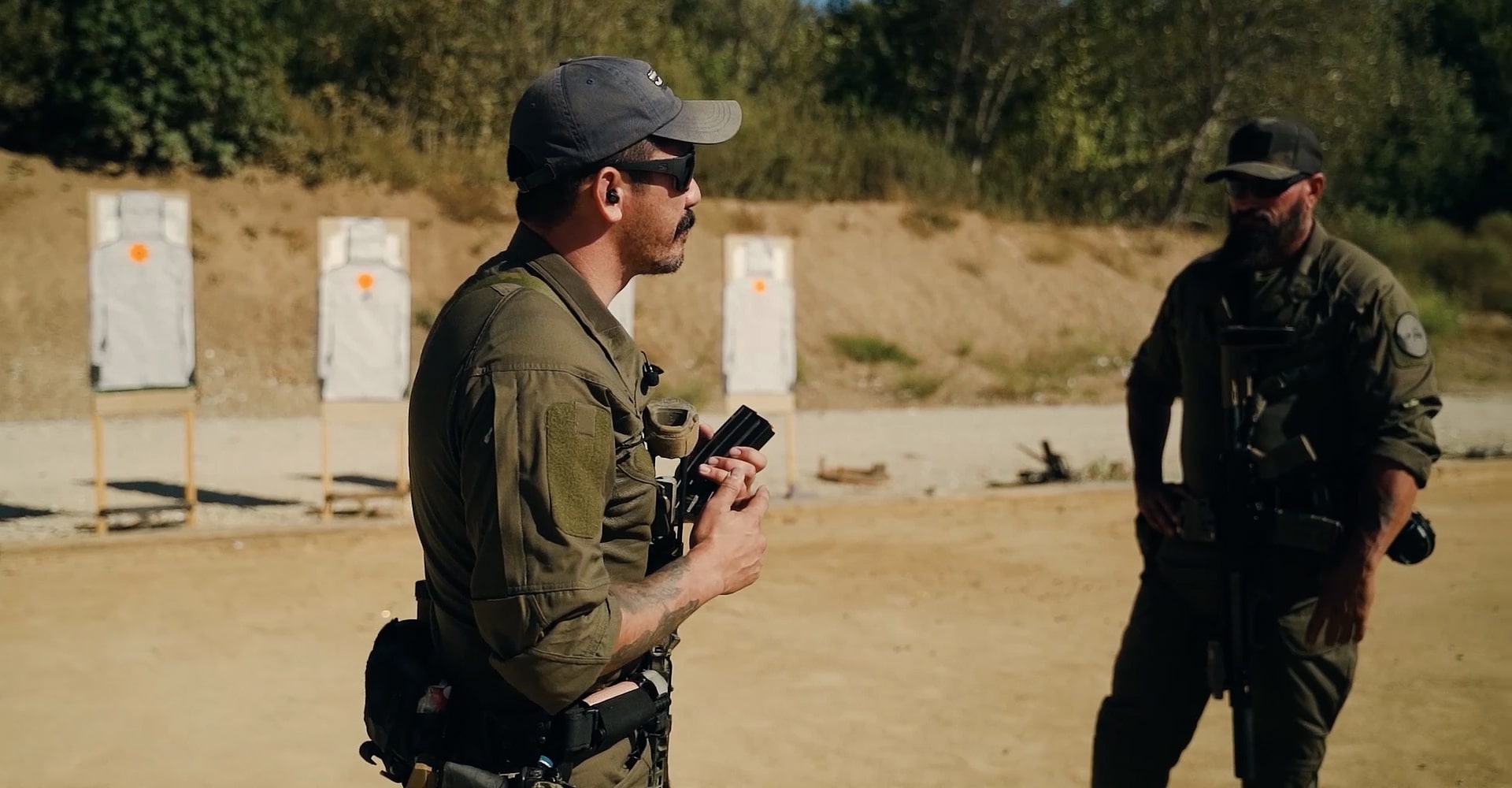
Progress is tracked in speed, accuracy, tricky transitions, and overall stage execution. Even when drills become too complex to quantify, intuition, paired with footage, fills in the blanks.
Video review is non-negotiable. It reveals the small things muscle memory can’t feel—like inefficient movement, footwork that costs seconds, or reloads that aren’t quite dialed in. One recent insight stood out: transitions between targets were too fast, compromising accuracy.
That insight alone reshaped future dry-fire sessions. Slowing down just enough brought tighter hits and better control, especially where every penalty matters.
Final Thoughts from the Range: Can Shooting Be Considered a Sport?
Some days, it’s the smallest improvements that leave the biggest impression. Today, it was the progress in fast transitions and the accuracy maintained while moving—the kind of gains that build both confidence and readiness for the next competition.
For Matjaž, the coming weeks remain focused: refining consistency in movement, sharpening transitions, and reinforcing decision-making under pressure. These are the details that often make or break performance on the clock.
Staying consistent through plateaus takes patience. It’s about setting achievable goals, tracking progress in small steps, and trusting the routine even when results aren’t immediately obvious. That discipline pays off in the long run.
For anyone just starting out in shooting sports: master the fundamentals. Build a strong base in technique and safety before chasing speed. Let complexity come with time, not before it’s earned.
Next up? The calendar is marked for upcoming IDPA and IPSC competitions, another chance to test skills, find new limits, and keep pushing forward.
And so—is shooting a sport? Spend a single day in the shoes of a competitive sports shooter, and the answer is clear: it absolutely is.

